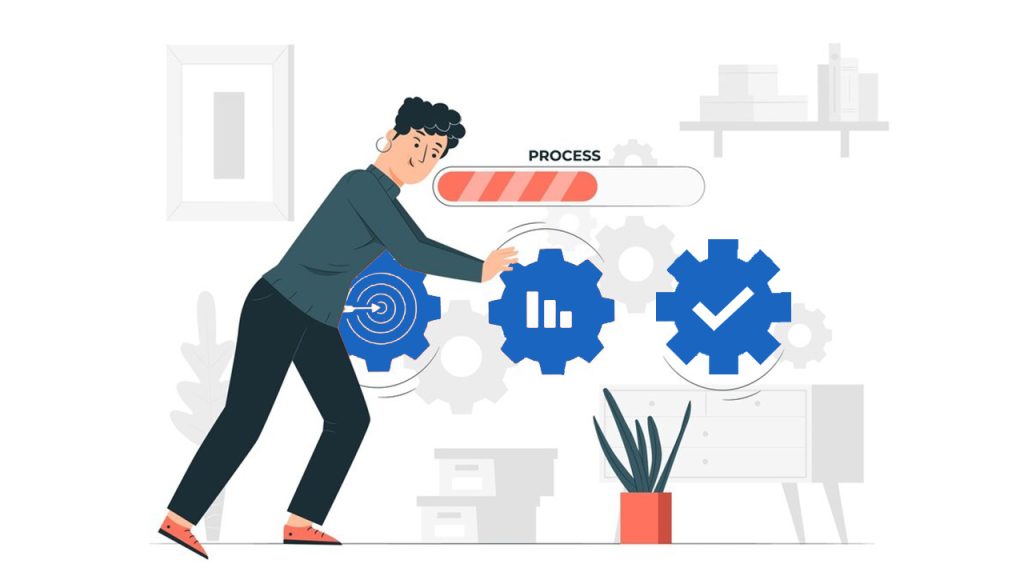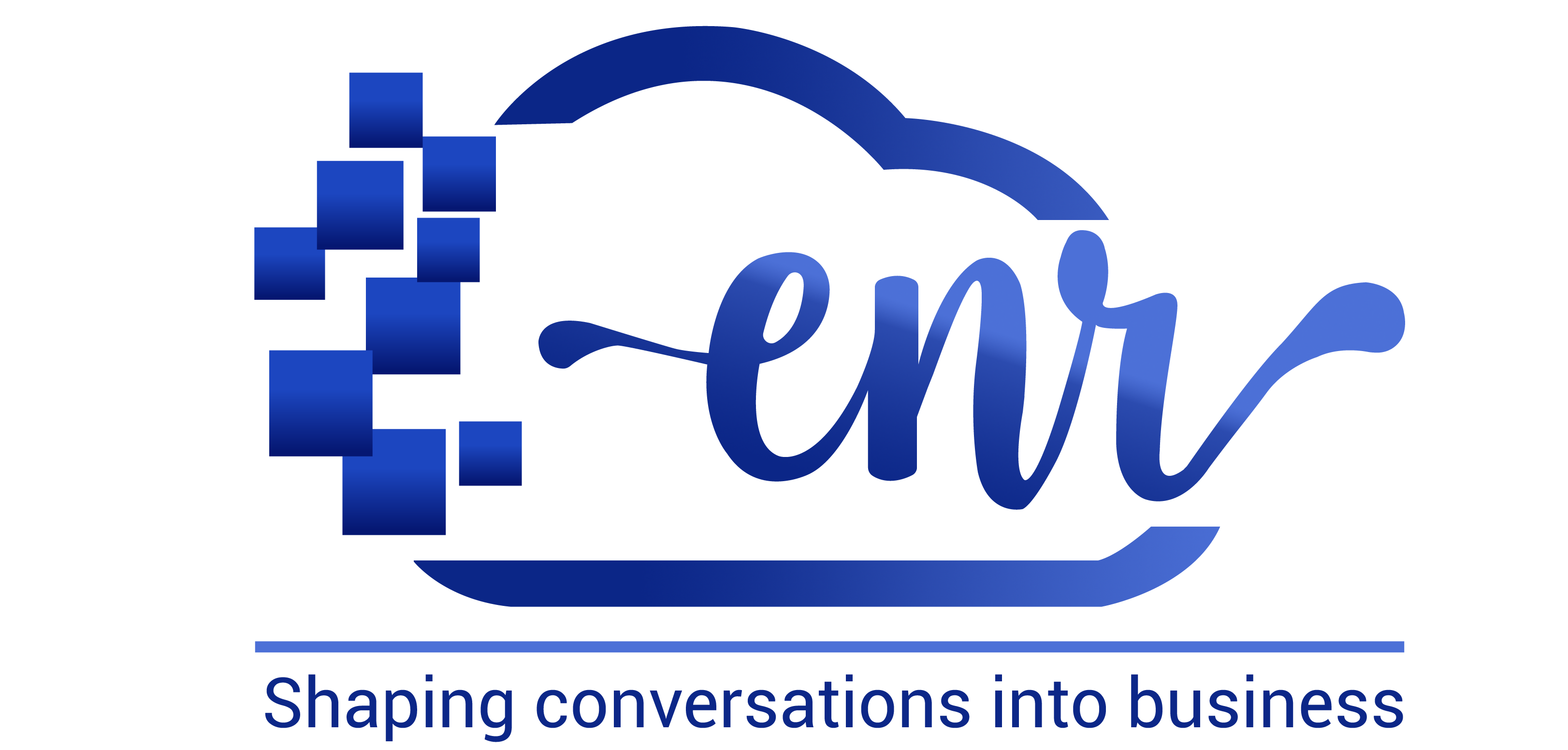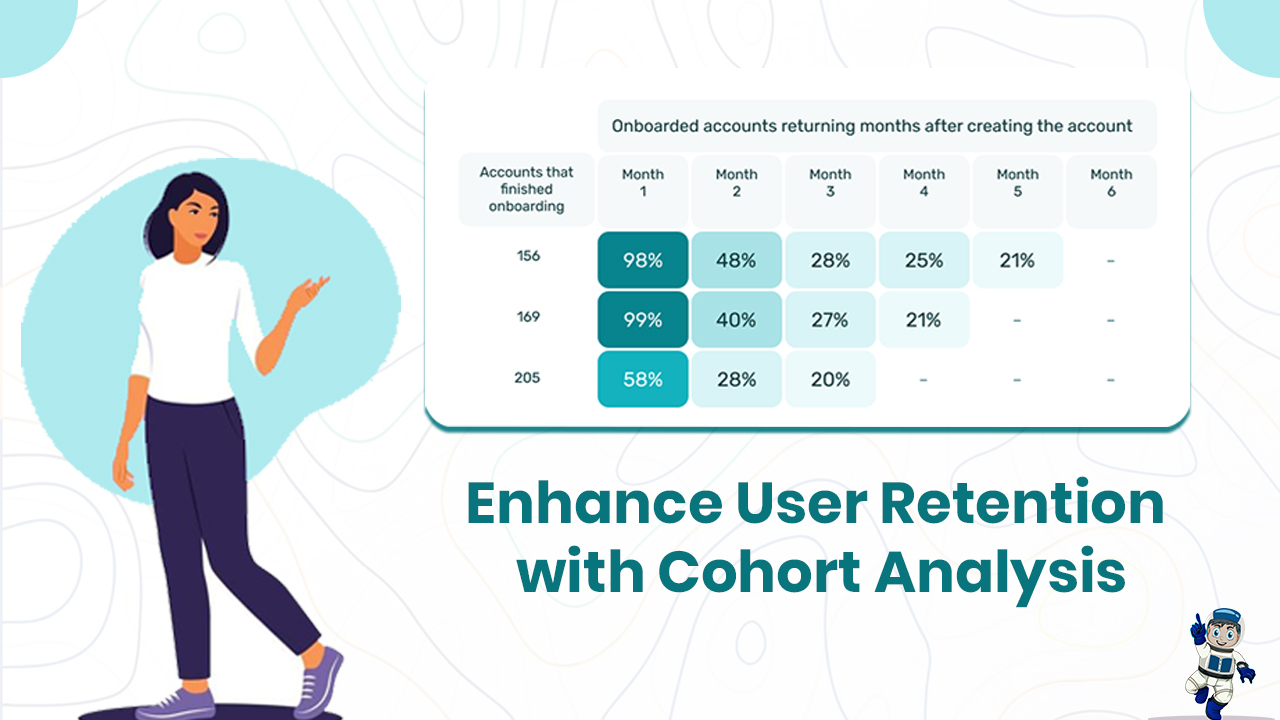In the dynamic world of business analytics understanding user behavior is important but crucial for driving growth and ensure long-term success. Covert is a powerful tool that helps brands to achieve this with the help of analysis. Cohort Analysis allows businesses to get deep insights of user data, how user are reacting which we call engagement metrics, and how they are behaving called user behavior to get retention over time.
In this article today, we will learn how cohort analysis can help brands to reach new heights and why it is important to invest in to get the user attention.
Table of Contents
ToggleWhat is Cohort Analysis?
We can consider cohort analysis as a subset of behavioral analytics that divides the data sets into groups or cohorts based on shared character sticks, typically over a specific period of time.
These cohorts are then analyzed to understand how the user’s behavior changes over time By focusing on these sets, businesses can track how user engagement and retention evolve and identify the patterns to implement the strategies and enhance user experience and retention rates.
But before that, we need to understand what are the types of cohorts available in the market.
Explore Our Marketing Automation Services
Acquisition Cohorts
This is the type of cohort where users are in the form of groups who have joined or started using a service simultaneously.
For instance, users who signed up for a demo in May would form the cohort called May cohorts.
Behavioral Cohorts
These groups are formed on the basis of user behavior or actions taken within the app or the website.
For example, users who perform a specific action like making a purchase on watching a demo within a set time frame.
Importance of Cohort Analysis
Cohort analysis provides several benefits that make it an essential tool for the business to grow in the industry-
1- Enhanced User Retention
By analyzing, how different cohorts behave over time, Businesses can identify which groups are more likely to stay and which ones are more likely to churn.
This insight allows brands to create strategies for targeted retention.
2- Improve Customer Understanding
Cohort analysis helps businesses understand their user better, to interact with the product or services, What features they like, how they can use it, and what cause them to leave the site.
3- Date-Driven Insights
Use the insights to revise the strategies based on products and services to get a more detailed report of user behavior.
4- Seamless Optimization
This is the main feature as brands can optimize the current strategy to check who all are converting from the potential to loyal stage or who are in the churned category.
Practical Steps to Implement the Cohort Analysis
To effectively implement cohort analysis brands should follow the steps mentioned below.
1- Define the Objectives
Brands should clearly define what are their business objectives and how they want to achieve it with the cohort analysis. Whether it is improving user retention, understanding the user behaviour, or to measure the impact of changes, the clear objectives can help Brand to reach out to their potential and loyal customers, and provide them the support that they are actually looking for.

2- Collect the Data and Organise
It is required to gather all the relevant information received from the co-host analysis of the user database. This may include the user activation data, the engagement data, all the transition insights, user are performing, or any other information that is coming to the system.
Then organize that data into the cos based on the business objectives that were defined earlier.
3- Analyse Cohort Data
Use Cohort Data to visualize the current scenario and how user is more likely to purchase or churn. It is suggested to compare different cohorts to identify what factors are in favour of more retention and who provides lower retention rates.
4- Interpret Results for a Clear Picture
At this point, brands should have data in their hands and can interpret the results of their cohort analysis in respect to achieving their business goals. It is important to identify the reasons why users are leaving the website/app.
This can be used with other analytics to combine cohort analysis for better user behavior understanding.
5- Implement the Changes
Strategies are the most effective way to drive revenue and provide a seamless experience to users, but adding the spice of cohort analysis can add the efficiency in the strategies and brands would be able to provide the ultimate user experience by adding those analytics in the strategy based on the insights provided by Cohort Analysis.
6- Keep Monitoring
Cohort analysis is not a one-time activity. Brands have to keep checking on the latest trends and user behavior for more meaningful strategies to drive sales. Checking insights regularly help brands to stay proactive to retain users and provide support the customer wherever required.
Conclusion:-
On the basis of the above learning, we can say that Cohort analysis is a powerful tool that provides the deep insights of user say, user behavior, user expectations, and how to use that analysis with other analytics metrics to drive more sales, convert potential users into loyal one and then run the loyalty program campaigns to keep them engaged.
Based on these insights, brands can segment those data to use the same in further communication.
Stay connected with your audience with cohort analysis.
Connect with us today to get deep insights.
Also Read- 24 Reasons Why Email Marketing Is Important in 2024
Amit Bhateja is the co-founder of enrcloud and helping brands and Unicorns from the last 15+ years and overachieve their Engagement and Retention goals. He is passionate about solving customer problems with modern technology, new age solutions, and consultancy approach. Besides Building ENR, He enjoys reading books, spending time with his family and Teammates, traveling, meeting new people, learning new things, and love to close the business deals.





